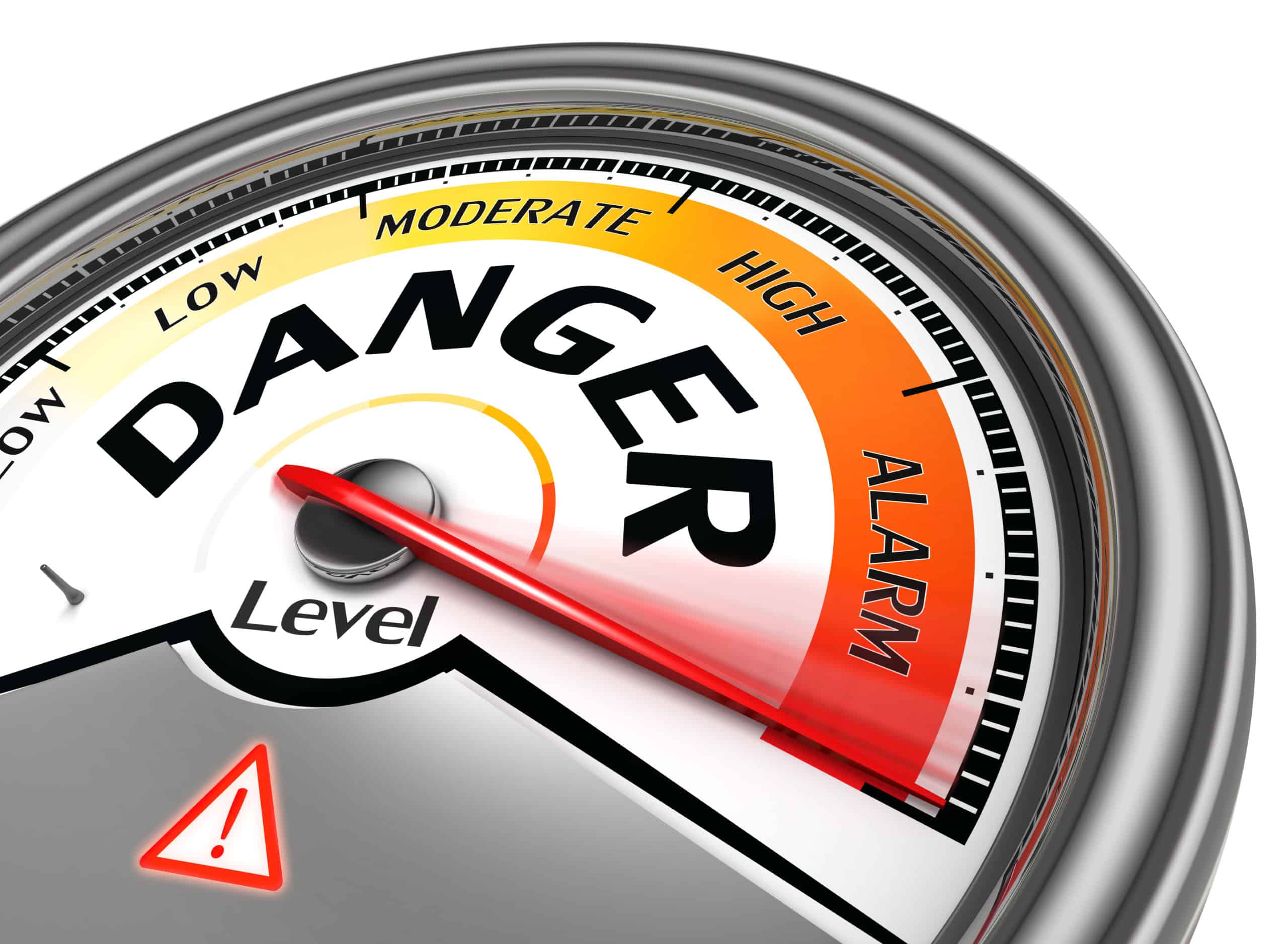In 2011, Terry Norris, then president of the American Society of Safety Professionals, commented on the failure of American companies to reduce the rate of serious incidents and fatalities (SIFs). “A statistical plateau of worker fatalities is not an achievement, … Read More
Safety Stratus Blog
Home » Safety Platform Blog » Our Stubborn Problem with Serious Incidents and Fatalities – Part I

Home » Safety Platform Blog » Weighted Percent Safe – A New Risk Metric for Safety Observations

Weighted Percent Safe – A New Risk Metric for Safety Observations
In a previous article, Assigning Severity Ratings to Safety Observation Findings, the concept of incorporating severity into standard safety observations for unsafe/at-risk observation findings was suggested. Doing this would allow observers to classify findings according to their potential level of … Read More
Home » Safety Platform Blog » Systems vs. Symptoms: We Need to Take a Deeper Look

Systems vs. Symptoms: We Need to Take a Deeper Look
The Bureau of Labor Statistics just published its fatality statistics for 2019 and the results should concern us all. Fatalities in 2019 jumped to 5333, the highest figure since 2007 and the fifth time in the last six years that … Read More
Home » Safety Platform Blog » Percent Safe is NOT a Risk-based Performance Indicator

Percent Safe is NOT a Risk-based Performance Indicator
Unlocking the secrets of Percent Safe Safety inspections and observations are conducted at almost all workplaces. Unfortunately, many companies collect only unsafe findings, creating an incomplete picture of risk. Companies that do collect safe observations tend to use a standard … Read More
Home » Safety Platform Blog » Don’t Get Blinded by Your Injury Numbers

Don’t Get Blinded by Your Injury Numbers
“What we are measuring is not safety but unsafety” Craig Marriott in Challenging the Safety Quo. “Many companies…continue to measure their systemic safety by the lost time frequency rate…Unfortunately this reflection of personal injury rates provides little or no indication … Read More
Home » Safety Platform Blog » Incident Management Best Practices

Incident Management Best Practices
Incident Management and incident investigations are a core function of a safety management system. In this four-part series, several key concepts have been previously discussed. First, the purpose of incident management should be to learn and improve. Second, avoiding blame … Read More